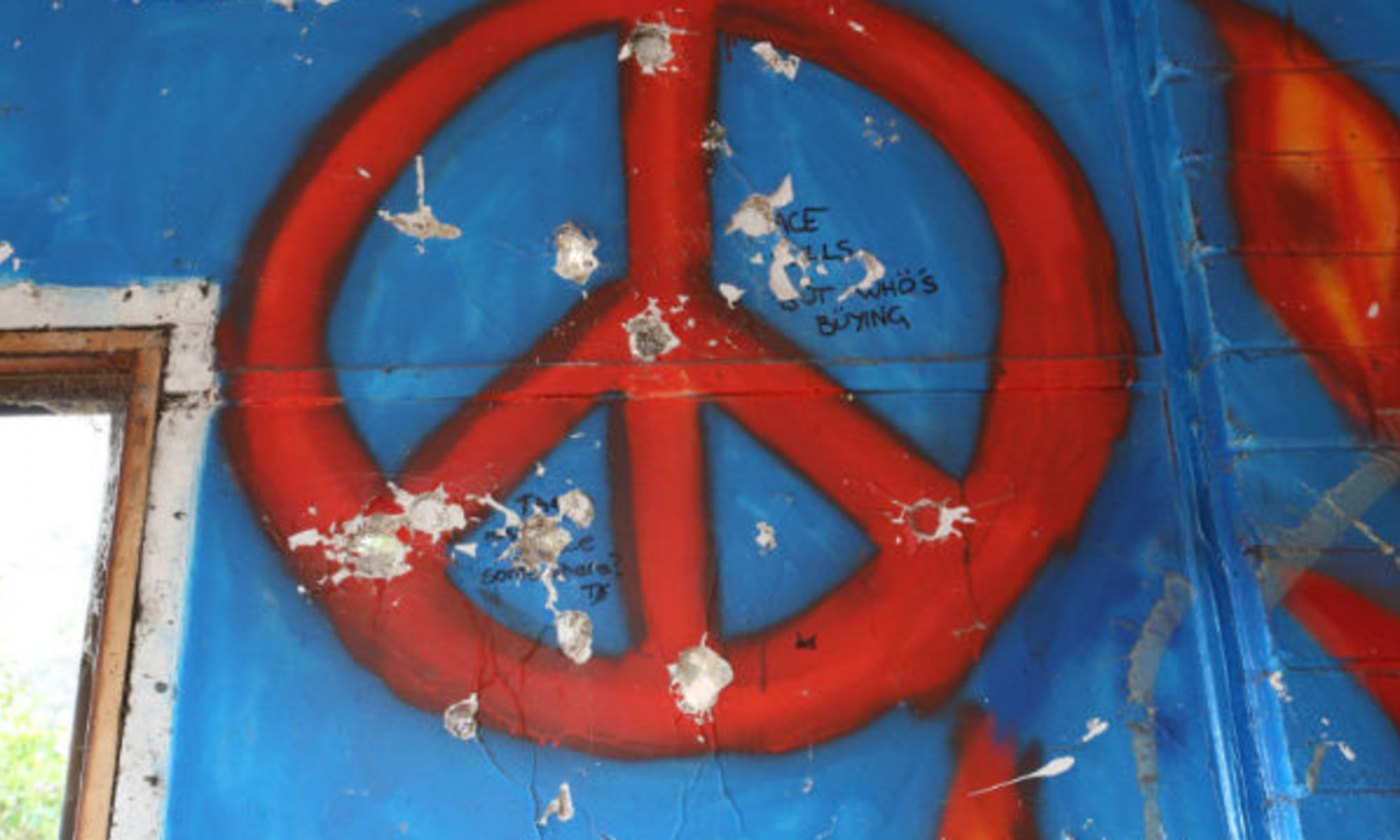By: Sarah Inskeep
If my experience thus far is anything to go by, I imagine there are some questions lingering about what physics has to do with peace. The simplest answer I can give echoes something written here previously by Kim Chham: that peace is a goal toward which contributions can be made from all fields. Though academically physics and peacebuilding seem quite different, in many ways the subjects they work with are intertwined.
For me, the conceptual connection is that both are about problem solving – about understanding the dynamics of complex systems and seeing how each part relates to the whole. In a more concrete way, however, the connection may be most evident in the various applications of physics research. Oftentimes a discovery has the potential to be both very good for humanity, and also very tragic. So, while I am fascinated by the study of the universe for its own sake, when I look at the things happening in the world I cannot help but feel that in our quest for understanding in the universal scale, we’ve overlooked some very important things on the human scale.
It’s understandable, in a way. Though physics is known for its ability to explain many things, and for the sometimes counter-intuitive truths it reveals to us about the world we live in, most physicists I’ve talked with will candidly admit that the human side of things is the much more difficult. Nevertheless, a significant number of renowned physicists and mathematicians – perhaps most notably, Albert Einstein and Robert Oppenheimer – have called for a greater understanding of our relations with each other, and for an end to the use of violence as a means of addressing our problems.

I’ve so often heard it said that peace is an idealistic aim, a dream that is not aligned with the way the world really is. Though I spent much of my childhood thinking of what a more peaceful world would look like – both on the small scale, in my own divided family, and on the big scale, in the stories I heard from veterans returning from deployment – I came to a point where I wondered if those things I heard were true. This, in part, was why I turned to physics. I wanted a more concrete way of understanding. Finding, then, that those who dedicated their lives to studying the world ‘the way it really is’ also called for and believed in peace has inspired me to return to the questions I always asked growing up: what would a peaceful world look like, and what can I do to help make it a reality?
The search for answers to those two questions lead me to join the Summer Peacebuilding Program. During the academic year most of my time is dedicated to physics – in addition to classes, I work as a teaching assistant for the university’s descriptive astronomy class and as a research assistant in a plant ecophysiology lab contributing to the Long Term Ecological Research Network (LTER). While I have taken a number of classes for my minor, conflict analysis and trauma studies, that relate to the field of peacebuilding, I have had little chance thus far to see how the concepts I study apply to the world in a more concrete way. Thus, I am very much looking forward to the experiential aspects of the SPP, and to learning from those who have dedicated their lives to this work.


